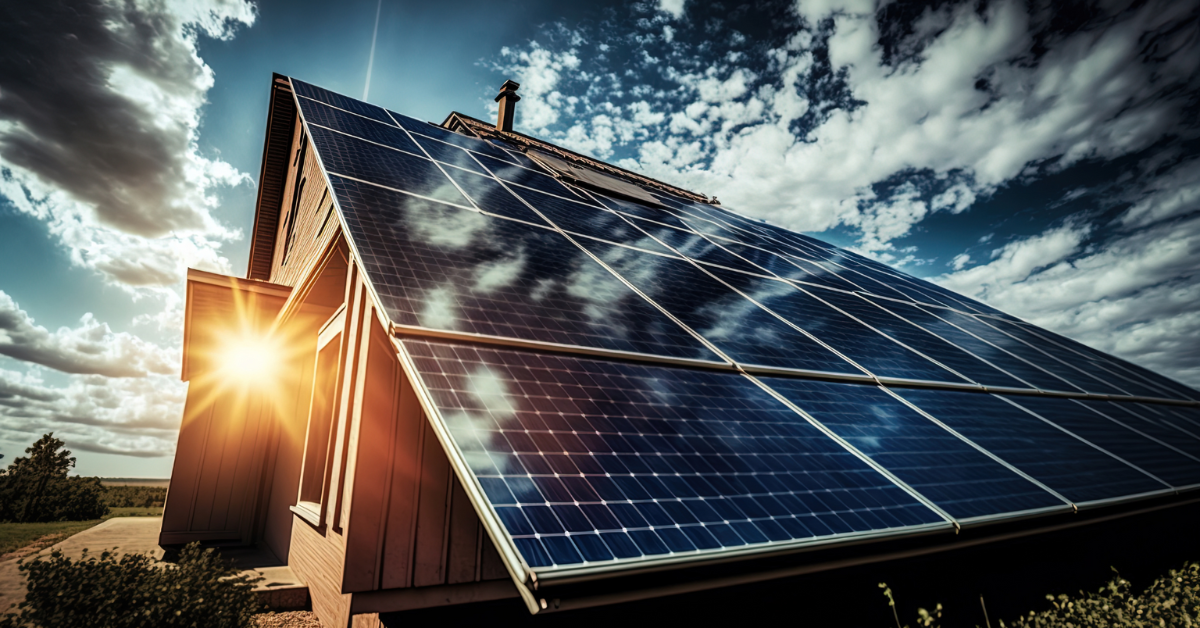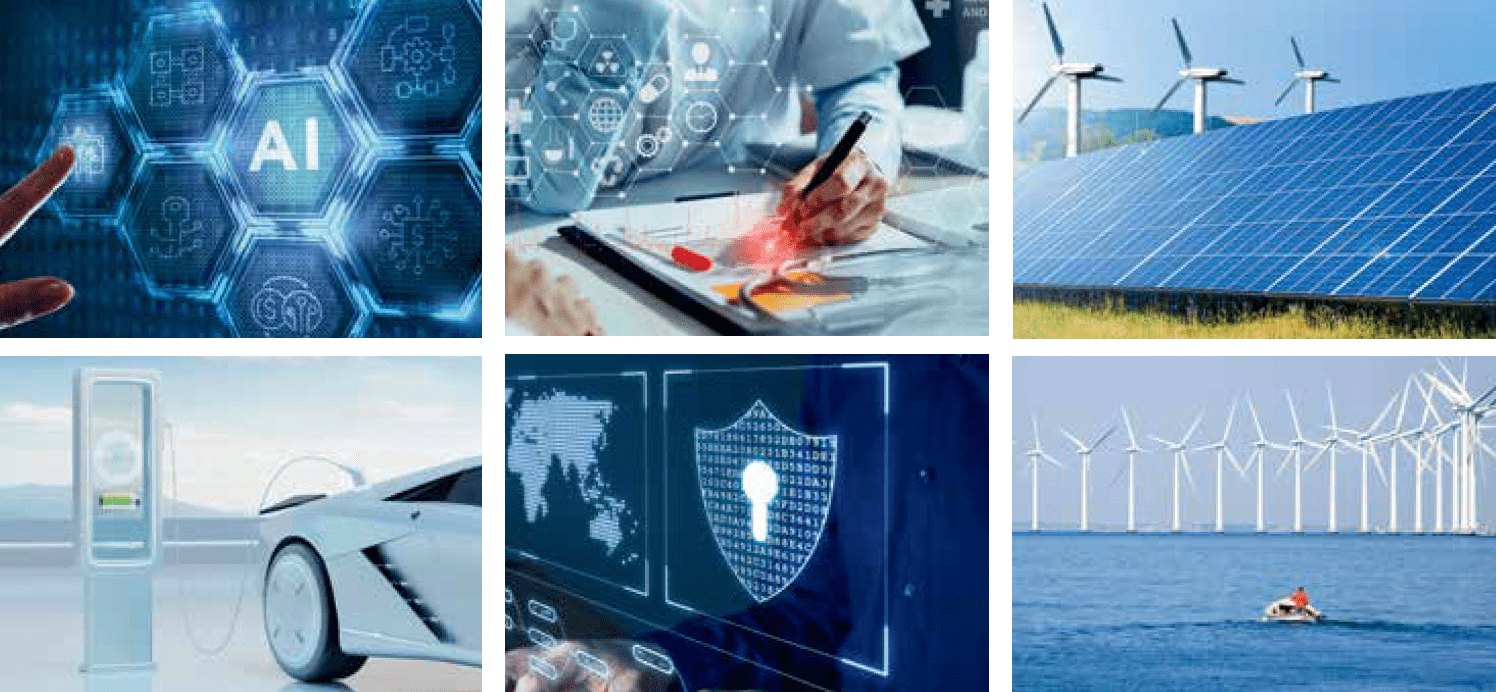
The curse of Coleridge: global water shortages
Opinions expressed whether in general or in both on the performance of individual investments and in a wider economic context represent the views of the contributor at the time of preparation.
This piece provides a brief discussion about water shortages and how investors can seek to gain exposure to a theme that we expect only to grow in importance.
When the English poet Samuel Taylor Coleridge composed his famous poem The Rime of the Anceynt Marinere in 1797, little could he have envisaged how true his words “water, water, everywhere, [and not] any drop to drink” would be more than 200 years later. The stark fact is that with global population growth and industrialisation continuing inexorably there is simply not enough water available for all the world’s needs. As Coleridge effectively noted, it is paradoxical that while 70% of the earth is covered with water, only around 3% of this amount is freshwater (and hence potable), and just 1% is directly and easily accessible.
As with other issues that we have discussed in previous editions of Helicon Thoughts (for example, data, power), there exists a structural demand-supply imbalance with regard to water, creating a range of potential investment opportunities, which will be discussed in more detail below. However, while an initiative such as green technology may provide a way past peak oil, there is no obvious or cheap near-term alternative to peak water. This has significant implications, not just for investors, but for the planet’s whole eco-system, since not only humans, but also wildlife and vegetation are dependent on water.
Pressures are rising on both the supply and the demand sides of the equation. While Coleridge’s reference was to the potable incompatibility of seawater, perhaps the bigger near-term problem is the growing absence of freshwater, an ultimately more crucial and scarce resource. Growing incidences of drought are being documented in both the developed and the developing world. The UK recently witnessed its second driest spring in a century and according to the European Commission, “severe” rain deficits have been recorded in Germany, Belgium, the Netherlands, Denmark, Austria and Hungary since the start of the year. On the other side of the Atlantic, California has now experienced four consecutive years of drought, while the past six months in Texas has been the driest in over forty years.
Elsewhere, in China – the world’s most populous country (and the most likely largest future consumer of water) – recent droughts in the Henan and Shadong Provinces have been the worst in 200 years. More worryingly, the surface area of Poyang Lake, China’s largest freshwater lake, has been reduced by 80% in the last year owing to drought. According to official statistics, in May, the total water volume of the lake was only 13% of the same period’s average in normal years. Taiwan is also currently experiencing its worst drought in forty years, and Pakistan is undergoing major drought-related problems too.
Meanwhile, water demand continues unabated. The United Nations highlights that water use has grown at more than twice the rate of population growth over the last century. Over the next ten years, the UN forecasts 2.3% p.a. global water use growth, more than double its estimate for population growth, of 1.1% p.a. Such patterns of demand have led the UN to coining the phrase, “the century of water scarcity”. The point is made bluntly by the International Water Management Institute (IWMI), a non-profit research organisation, which classifies the majority of the Middle East and North Africa as having absolute water scarcity today. By 2025, the IWMI anticipates that these regions will be joined by Pakistan, South Africa and large parts of China and India, with the equivalent of 1.8bn people (or over 20% of the world’s population) being afflicted by scarcity.
A typical individual in the western world uses 135-140 litres of water per day (although in the US, this is as high as 400 litres). By contrast, emerging market water consumption is just 30 litres of water daily, and over 1bn people use fewer than six litres a day. To provide some context, water.org, an international charity, suggests that the recommended daily water requirement should be 50 litres. Unicef, another charity, also makes the point that more people in the world currently have mobile phones than have access to a toilet.
Households, however, directly consume just 8% of the world’s water resources. By far the biggest consumer is agriculture, responsible for using some 70% of the planet’s available water (with industry requiring the remaining 22%). The world’s ever-expanding middle class is demanding higher quality food and more of it, a trend exacerbated by the ongoing global shift towards more protein-based, western diets. The World Water Council, an international non-governmental organisation, estimates that it takes around 1,000 litres of water to produce just 1kg of wheat, almost 13,000 litres is used on 1kg of beef, and more than 20,000 litres are required to generate a kilogram of coffee. Climate change (i.e. drought, discussed earlier), compounded by global warming serves to decrease rain-fed agriculture and increase the requirements for irrigation – the biggest water-consuming culprit. Moreover, irrigation is chronically inefficient, often evaporating or trickling away before it is able to make an impact.
In light of these challenges, three possible solutions to water shortages would appear to exist: increase supply, decrease consumption or improve efficiency and sanitation. The latter appears the most tenable in our opinion from both a cost and practicality perspective. Decreasing consumption sounds like an appealing idea in principle, but is hard to enforce, would take time, and most significantly, runs contrary to apparently deeply entrenched secular trends, namely population growth, industrialisation and the associated westernisation of diets.
Furthermore, increasing water supplies has its limitations. Desalination (i.e. converting saltwater to freshwater) is currently the most popularly cited supply solution. However, there is a significant monetary cost attached to desalination projects, and so their appeal is currently limited to countries with extreme wealth. Saudi Arabia accounts for more than 25% of the world’s desalination projects currently. Beyond financial resource (in a still highly indebted world) and political will, there is a high environmental cost also attached to desalination with the International Energy Authority, an inter-governmental organisation, highlighting that the energy costs associated with converting saline water to potable water exceeding the benefits from conversion.
This leaves us with efficiency initiatives, and it is here where Heptagon believes there exist the best potential investment opportunities. We approach this dynamic from two perspectives. First, if agriculture is the largest consumer of water, then initiatives that can reduce water use here seem logical. Companies such as Syngenta are at the forefront of developing more efficient and higher yielding seed technologies. These technologies are often both more effective and cheaper to the end-user than irrigation-based alternatives. Syngenta also continues to grow its R&D budget and develop increasingly integrated solutions (crop enhancement, fertilisation and protection).
Next, piping and pumping solutions represent a significant opportunity for industry and households. According to the UN, between 15% and 35% of water that is cleaned and transported through pipes is lost due to poor fittings, at a cost of $14bn a year. Over 80% of sewerage pipes are made from concrete and stoneware globally, and Bain, a consultancy, estimates that some $500bn in the US alone needs to be spent on upgrading American infrastructure over the next twenty years. Less than half this figure is currently budgeted.
The return on investment from such improvements could be substantial. The World Health Organisation estimates that every $1 spent on better water infrastructure yields $3-30 of economic benefit, depending on the region and the precise technology solution. Viewed from another perspective, the UK’s Department for International Development (DfID) believes the value of deaths averted from investments in improved water and sanitation infrastructure would amount to at least $3.6bn p.a., based on discounted future earnings.
A range of globally listed companies are at the forefront of developing pump-based solutions, aimed at enhancing fluid actuation (i.e. efficient flow). In the US, Flowserve, Pentair and Valmont Industries derive a significant percentage of their revenues from the manufacture of products targeted at the water industry, while in the UK, beneficiaries of this trend include Rotork, IMI and Spirax Sarco. Finally, in Switzerland, Georg Fischer represents a play on plastic piping systems, being positioned as one of the world’s largest suppliers in this respect. These companies are all continuing to increase their investment programmes and results from the recent reporting season suggest that their water-related order books look healthy with significant backlog covering over one year of demand (notwithstanding potential government and utility-related spending constraints).
Peak water constitutes a global megatrend of growing importance. Despite water’s omnipresence, little is of practical use for a growing (and increasingly material) world population. Planning ahead and seeking efficient means to mitigate likely future shortages seems a prudently logical approach. Both seed technologies and improved pumping and piping solutions can go some way to making potential water shortages a less significant problem. Investors can clearly benefit along the way too.
Alexander Gunz, Fund Manager, Heptagon Capital
Disclaimers
The document is provided for information purposes only and does not constitute investment advice or any recommendation to buy, or sell or otherwise transact in any investments. The document is not intended to be construed as investment research. The contents of this document are based upon sources of information which Heptagon Capital LLP believes to be reliable. However, except to the extent required by applicable law or regulations, no guarantee, warranty or representation (express or implied) is given as to the accuracy or completeness of this document or its contents and, Heptagon Capital LLP, its affiliate companies and its members, officers, employees, agents and advisors do not accept any liability or responsibility in respect of the information or any views expressed herein. Opinions expressed whether in general or in both on the performance of individual investments and in a wider economic context represent the views of the contributor at the time of preparation. Where this document provides forward-looking statements which are based on relevant reports, current opinions, expectations and projections, actual results could differ materially from those anticipated in such statements. All opinions and estimates included in the document are subject to change without notice and Heptagon Capital LLP is under no obligation to update or revise information contained in the document. Furthermore, Heptagon Capital LLP disclaims any liability for any loss, damage, costs or expenses (including direct, indirect, special and consequential) howsoever arising which any person may suffer or incur as a result of viewing or utilising any information included in this document.
The document is protected by copyright. The use of any trademarks and logos displayed in the document without Heptagon Capital LLP’s prior written consent is strictly prohibited. Information in the document must not be published or redistributed without Heptagon Capital LLP’s prior written consent.
Heptagon Capital LLP, 63 Brook Street, Mayfair, London W1K 4HS
tel +44 20 7070 1800
email [email protected]
Partnership No: OC307355 Registered in England and Wales Authorised & Regulated by the Financial Conduct Authority
Heptagon Capital Limited is licenced to conduct investment services by the Malta Financial Services Authority.



